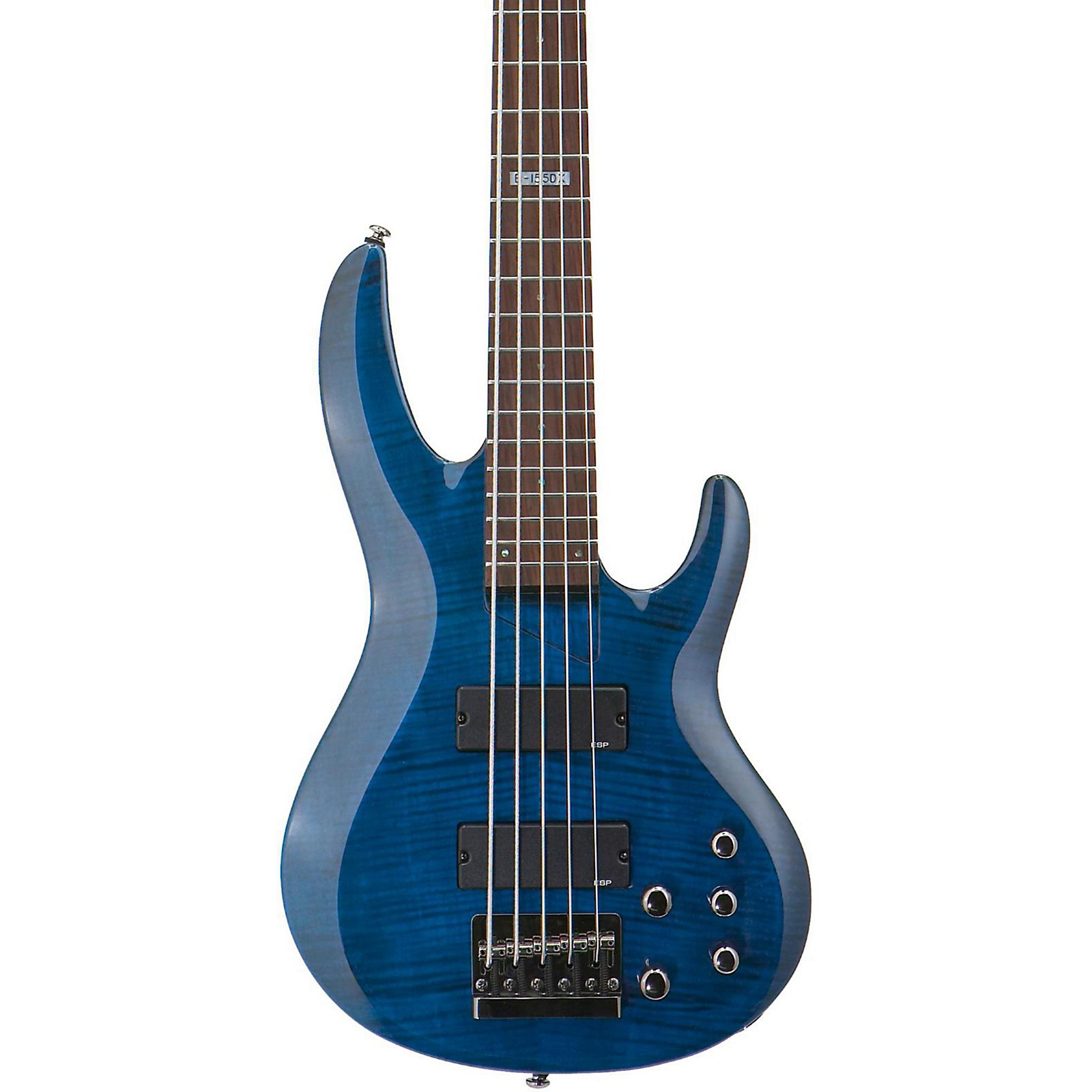

That’s because it’s thick and floppy, so if the meaty part of your thumb accidentally rubs up against it, it can cause a huge distraction via string and fret noise. When you use the low B-string with discipline and intent, it has lots to offer … but be forewarned: If your playing gets sloppy, the B-string can become a source of aggravation for you, your bandmates and the sound man or recording engineer. MASTER PALM-MUTING AND USING THE B-STRING AS AN ANCHOR Here’s a video that demonstrates how a 5-string bass makes it easier to play fast runs:ģ. It’s an economical approach that saves you energy, and also allows you to play the same pattern faster and in more locations on the fretboard, meaning you can opt between wholly different tonal shapes, depending on whether you’re playing in the middle of the fretboard or down toward the nut. But as they acclimate to the new configuration and get comfortable using that low B, they start to consolidate their hand movements on the neck rather than going on long, awkward runs. Many 5-string players who start out on a 4-string bass are initially thrown off by what seems at the time to be an extra string. It also creates additional separation for the bass, helping every other instrument find its appropriate slot in the mix.Ģ.
#Five stringed bass full#
Playing a groove - or even a whole note - a full octave below where I might play it on a 4-string provides a powerful boost to the energy of a chorus or bridge, as demonstrated in the video below. When applied tastefully, that newfound low end can be a game-changer in a song. Yamaha BB735A.Īnd having all that extra bottom range is only half of the equation: What you do with it is what really matters. When I strap on my Yamaha BB735A, I don’t have to worry about plugging into an effect pedal or any add-ons to go low … I just play. But with a 5-string bass, you don’t need an effect or mechanical device to play that low, and your bottom string won’t be sagging either. Sure, a sub-octave effect via a stompbox or a multi-effect processor like the Line 6 HX Stomp XL can synthetically create notes below low E, and a drop-D tuning can enable you to manually detune your E string to an open D - albeit a rather floppy D.


I was initially attracted to the 5-string bass by the low B string and how it allowed me to plumb the lower depths of bassdom with notes that weren’t available to me on my 4-string in standard tuning. So, without further ado, here are 5 tips for playing 5-string bass effectively.
#Five stringed bass how to#
What I want to focus on here is not how to get the most out of one string, but how adding an extra string is conducive to new approaches and invites you to rethink how you play your bass. How would it be different from playing a conventional 4-string bass? For one thing, you’d have to adapt your technique to play it well. A talented bassist can work magic on just a single string, but even if you haven’t actually tried it, you can probably visualize some of the challenges it would present.


 0 kommentar(er)
0 kommentar(er)
